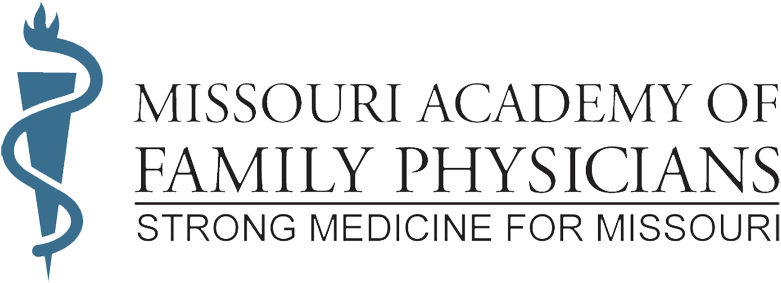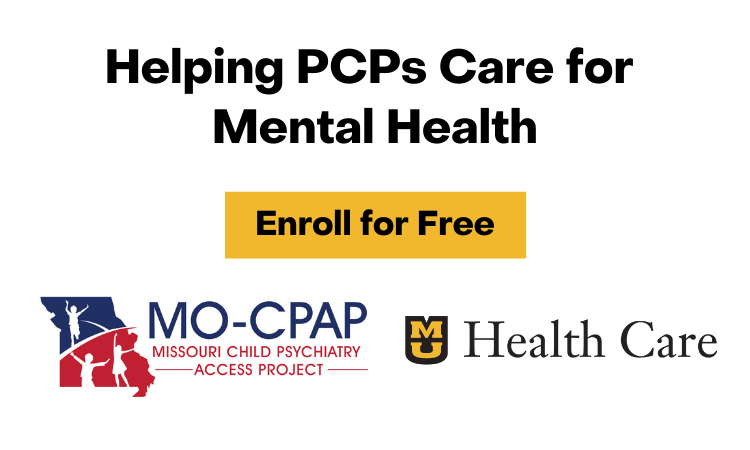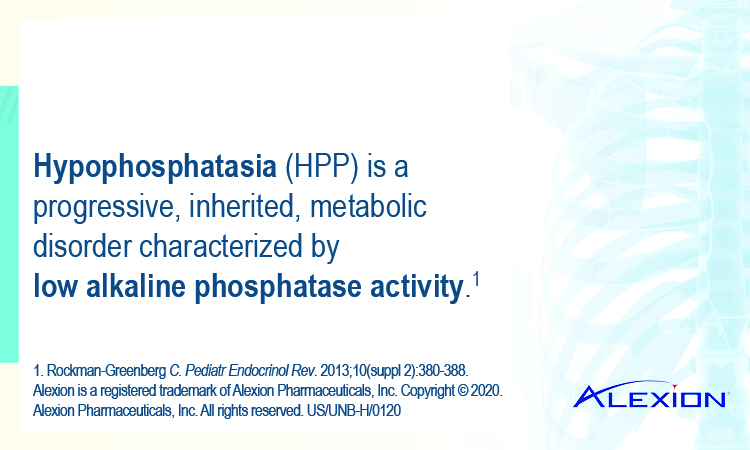When I facilitate discussions with family physicians, I hear common themes arise regarding factors leading to frustration including:
- Administrative burden from unnecessary documentation regulations, inefficient quality reporting, ridiculous prior authorization requirements, and electronic health record systems which don’t provide real clinical decision support needed.
- The prevailing business model of U.S. healthcare which rewards volume rather than improved outcomes and creates a treadmill workload mentality encouraging maximizing the number of patient visits per day rather than focusing on interventions to improve health.
- The corporate medical practice model that often discourages family physicians from practicing the full scope of their training and clinical interests in order to maximize the organization’s revenues.
- Moral distress from being incentivized to prioritize corporate values above patient centered principles
There are also some significant bright spots of hope:
- Family physicians who own their practices and maintain their autonomy in scope of practice, including the growing ranks of direct primary care physicians (DPC)
- Incorporation of team documentation models or use of scribes to off load documentation burden
- Practices supported by payment models that incentivize a population health approach less reliant on traditional patient visits
- Health systems, hospitals, and practices that have prioritized making the work environment more focused on improving well-being for physicians and other clinicians
I firmly believe that the path forward requires a holistic point of view to develop solutions, taking an approach utilizing a Family Physician Ecosystem framework:
As alluded to, many changes must happen at the system, organization, and practice levels to systematically improve family physician professional happiness. These changes will take active engagement and support from all family physicians. Improvement will take time, significant planning and effort, and be incremental. No bystanders allowed! Chapters such as the Missouri AFP, working together with the AAFP, will successfully impact these necessary changes with consistent advocacy and persistence.
In the meantime, while all these external factors are being addressed, it is important that each individual have a plan to support their well-being and improve the culture of their work environment and their physician community. For me personally, intentional gratitude and active kindness have been perhaps the most effective habits I have cultivated (along with consistent exercise). I take time each day (perhaps only a minute or two) to reflect on the many ways I am so very fortunate in a world where many, many suffer from a lack of resources I have access to. I seek opportunities to “catch someone doing good” and thank them – at work, in the grocery, at home – for making a difference. Sometimes they are taken off guard. Frequently the response is “Wow, nobody ever notices”. Try it – you can make a big difference in someone’s day. Likewise, take the time to provide peer support for a colleague. I’m convinced from the discussions I’ve led that there is an epidemic of loneliness amongst physicians. “I thought I was the only one that feels this way”, is a typical comment I hear. Physicians need to know they are not alone in their distress. Reach out to a medical school or residency classmate to check in. Consider initiating a gathering of physicians in your practice or community. A little peer support can go a long way and might really help someone who is struggling in silence, ashamed that they suffer from human conditions when physicians are often expected to be super-human.
The AAFP has curated a collection of resources to assist with family physician well-being and professional satisfaction. The Physician Health First initiative can be accessed at www.aafp.org/mywellbeing . Remember … No Bystanders! Commit to addressing the factors contributing to family physician distress. Best wishes for all success in your professional and personal well-being. Feel free to reach out to me with feedback or suggestions at cknight@aafp.org and follow me on Twitter @ClifKnight .
About the Author
By: Clif Knight, MD, CPE, FAAFP, AAFP Senior Vice President for Education





